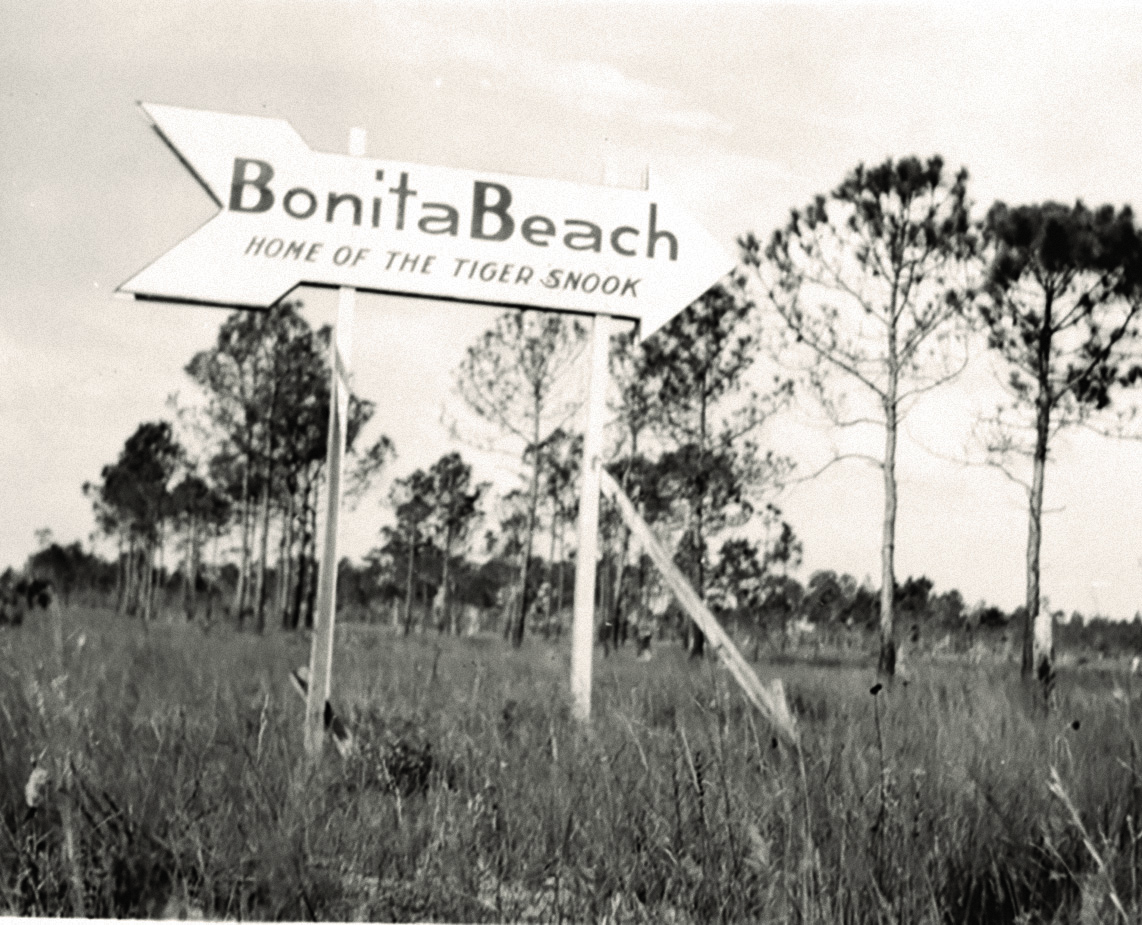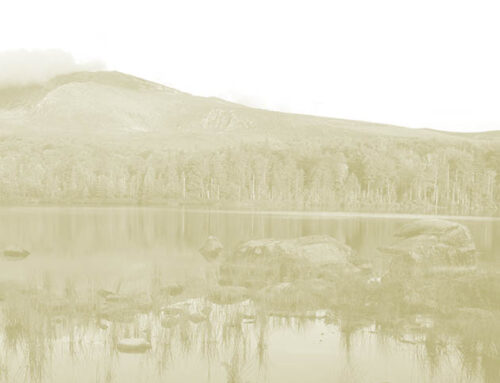What would it be like to step back in time and see Bonita Springs in earlier days? Not as far back as the late 1800s when it was known as “Survey,” named after the government surveyors who mapped out the area, but its more recent history, during its slow but steady growth in the second half of the 20th century.
Called “The Gateway to the Gulf,” Bonita was a small fishing village known as a haven for winter travelers (even back then). Not unlike today, northerners visited for its warm climate and natural amenities including the pervasive beauty of camping along the shore of the Imperial River. Sportfishing was popular in the waters around Bonita as snook, mullet, redfish and grouper were abundant.
West, beyond the train tracks and citrus groves, the beautiful but remote back bays and mangroves gently wove their way toward the Gulf. The coastline of Hickory Island was secluded except for a few rustic fishing camps and beach cabins among the Australian pine and saltwater marshes. From the beaches near Coconut Road, net fishermen would snag their catch of the day from the warm gulf waters.
Inland—not too far east of Old US 41—the dense cypress swamps, pine forests, and oak and palm hammocks teemed with wildlife. Hunting parties were common as white-tailed deer, bobcat and wild turkey roamed.
The center of town (now called Old Bonita) developed along Heitman Avenue which became the two-lane Tamiami Trail (now Old US 41). The famous Shangri-La Resort, built in 1924, still stands just south of the Imperial River. Originally called the Heitman Hotel, its eight acres are home to the original spring for which the town was named.
The river’s shores were thick with native forest. The cottages seen today along its southern bank are remnants of the Imperial River Tourist Court where winter travelers camped from the 1940s to 1960s. Preserved by the City of Bonita Springs, they now serve as artist studios.
Doc Baird’s Camp was located just across the road and up river. It was a popular spot for the “tin can tourists” to park their motor homes. Destroyed by flooding, the land was the eventual site of Bamboo Village, one of Bonita’s first trailer parks.
On the north side of the river, Everglades Wonder Gardens has stood since 1936 when admission was 25 cents. Imagine trying to sleep while hearing the night sounds of the Piper brothers’ exotic animals. Farther north on the east side of Old US 41 at Wilson Street is Benson’s Grocery which opened in 1920 and is still in business today. At Old US 41 and Terry Street, until 1952 a working Seminole village stood across from the original Shell Factory.
The Dome Restaurant was there until 1992 and Imperial Harbor, the first mobile home community, opened in 1958.
Soon, more and more northerners found their way to this small town—only decades away from a development boom. Slowly, Bonita Springs began to shake off its sleepy fishing cocoon and emerge as an unforgettable destination, a great place to raise a family and, as of 1972, attend First Church.






